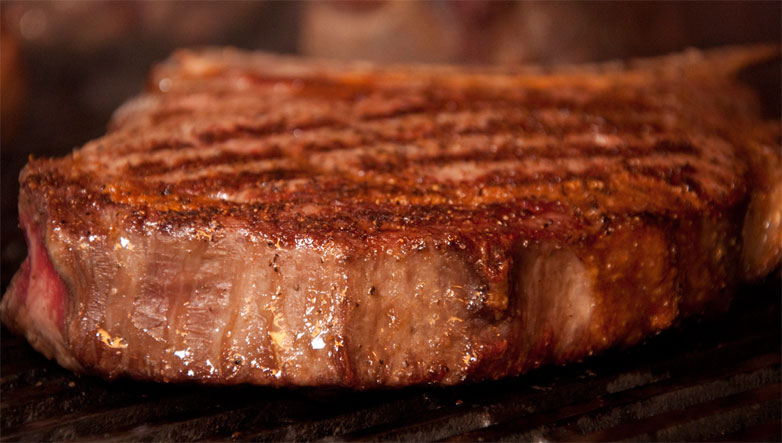 In an effort to make meat more glamorous, the National Pork Board and the Beef Checkoff Program, with the blessing of officials at the United States Department of Agriculture, have changed more than 350 cuts of meat names.
In an effort to make meat more glamorous, the National Pork Board and the Beef Checkoff Program, with the blessing of officials at the United States Department of Agriculture, have changed more than 350 cuts of meat names.
These revised terms have also been accepted by the Uniform Retail Meat Identification Standards, or URMIS, which is used voluntary by most U.S. food retailers.
 The new nomenclature emerged after two years of consumer research, which found that the labels on packages of fresh cuts of pork and beef are confusing, said Patrick Fleming, director of retail marketing for trade group National Pork Board.
The new nomenclature emerged after two years of consumer research, which found that the labels on packages of fresh cuts of pork and beef are confusing, said Patrick Fleming, director of retail marketing for trade group National Pork Board.
There is only one problem – many of the new names simply aren’t accurate.
Take for example the conversion of “Pork Chop” to “Porterhouse Chop”. The term “porterhouse”, as every chef knows, has always been associated with a thick-cut steak.

And there’s a reason why. That reason is history, not a marketing decision by a well meaning committee.

During the 1800’s, regional cattle pens, located outside of Boston near present day Cambridge, supplied the City with its meat. The hardy and hard-working cattlemen, who drove their cattle there, needed a place to wheel-and-deal their final selling price as well as a place to celebrate the dollars earned.

In 1837 Zachariah Porter answered their lodging and dining needs by opening the Porter House Hotel. His decision to do so was further strengthened, when in 184,3 the Fitchburg Railroad built direct tracks to the nearby cattle yards.

More cows meant more men, more hungry cattlemen (not pork men). Searching for a menu item, Porter thought of all the beef available so close at hand and so very fresh. The resulting cut was and is the large and very filling Porterhouse BEEF Steak – Beef, not pork.
 Simply changing a name should not be a reason to discard culinary history. Perhaps an award should go instead to National Register of Historic Places for acknowledging this portion of American culinary history. Because the Hotel had been demolished in 1909, the NRHP had to look elsewhere for a representative symbol.
Simply changing a name should not be a reason to discard culinary history. Perhaps an award should go instead to National Register of Historic Places for acknowledging this portion of American culinary history. Because the Hotel had been demolished in 1909, the NRHP had to look elsewhere for a representative symbol.
They decided the best substitute site was the recently discovered Walden Street Cattle Pass. The Fitchburg Railroad built this underground tunnel in 1857 to discreetly move the growing herds of cattle from their railhead to the waiting holding pens without disturbing the developing gentility of the expanding neighborhood.

Perhaps the National Pork Board and the Beef Checkoff Program should follow the National Historic Register's guidelines and learn to check history before they try to make history.
Your Culinary World copyright Ana Kinkaid/Peter Schlagel 2013












